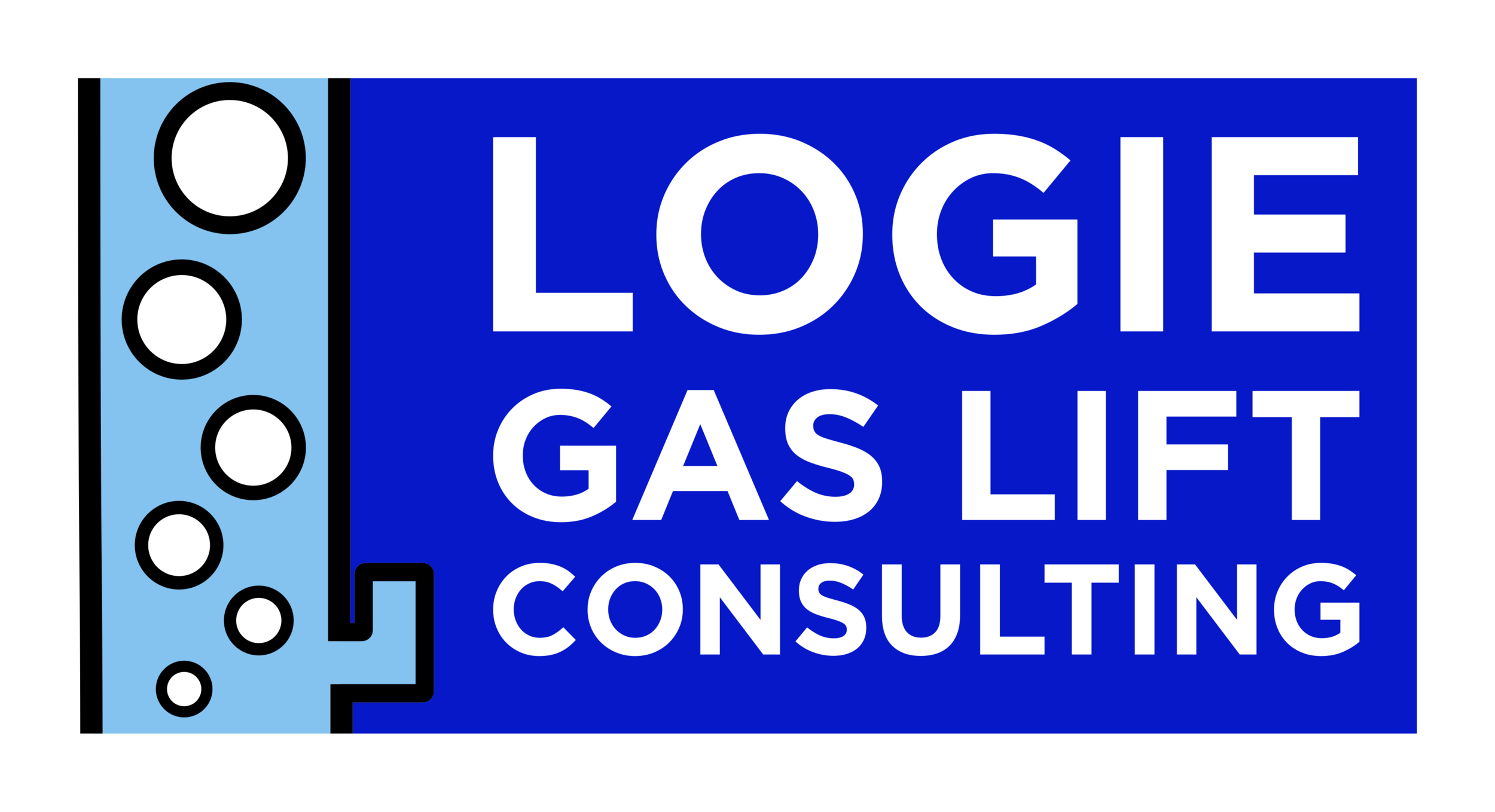What is Intermittent Gas Lift (IGL)?
And why are operators now rapidly adopting this technique to optimize their gas lift production?
Intermittent Gas Lift (IGL) is a method of artificial lift that was introduced to the industry in 1946 to cost efficiently gas lift wells producing less than 350 barrels of fluid per day. Intermittent lift is used on wells characterized by having either (a) Low Productivity Index (PI), Low Bottom Hole Pressure, or (b) High PI, Low Bottom Hole Pressure.
High pressure gas is intermittently injected from the surface down the casing annulus through an injection pressure operated gas lift valve and into the tubing below a liquid slug. The compressor runs continuously and when gas is not being injected, high pressure gas is circulated through the system or sent to sales using a back pressure valve at surface. A packer is an essential downhole component in IGL installations, while a screen orifice is never used.
Why has this lift technique become so industry popular?
Two reasons; it significantly reduces the injection gas rate needed for efficient lift and reduces the minimum Flowing Bottom Hole Pressure (FBHP) lower than now commonly deployed methods such as Gas Assisted Plunger Lift (GAPL). This minimum FBHP reduction results in maximum reservoir drawdown and maximum oil and gas production.
In this example, a 6,000’ well was drilled and completed at the University of Tulsa campus decades ago, and pressure gauges placed at various depths in the IGL tubing string. The purpose of this exercise was to find a mechanistically accurate model describing optimum IGL cycles applicable to installations for various reservoirs. The post attachment shows pressure profile data from this practical study by Dr. Kermit Brown.
Pressure Profile Description:
• The pressure bomb located just below the bottommost gas lift valve shows 575psi. This is the opening pressure of the deepest gas lift valve near 6,000 feet. The initial liquid slug load above this valve of 425psi was ballistically propelled upward. The bomb was left downhole long enough to get valuable information and register pressures well beyond the normal slug accumulation.
• Knowing the location of the operating valve, the portion of the liquid slug fallback or slippage not clinging to the inner walls of the tubing was measured in pressure. A weighted average FBHP of 430psi was then calculated and from this value the maximum expected IGL production was calculated using the well’s Static Bottom Hole Pressure and Productivity Index.
• This chart shows one cycle of an intermittent survey. “D” is the depth from surface to the operating gas lift valve. The initial feed-in rate for that period of 1.5 x D/1000 when the slug is travelling to the surface (Time I). The Total Minimum pressure is 304psi occurring when the liquid slug clears the tubing string, and pressure bleed down occurs for the period of 0.5D/1000 (Time II). The pressure then builds up to beginning of lift cycle (Time III). The cycle repeats.
• Using the well’s operating gas lift parameters and tubular configuration, the IGL engineer calculates liquid feed-in rates, percent slug recovery, pressures, and optimum gas injection cycles for maximized production.
• The IGL engineer determines the well’s maximum producing rate, the number of injection cycles, and the minimum FBHP. Equations gleaned from this pressure profile model andempirical chart data are applied in designing intermittent gas lift installations. This ensures efficient lift of the liquid slugwith minimum injected gas.
This model of intermittent flow described by Dr. Brown is used with optimum pressure differences between the gas lift valve opening pressures at depth and the initial liquid load pressures to be lifted. Operating at the optimum pressure difference maximizes liquid slug recovery per injection cycle.
Dr. Brown described IGL as “a more involved gas lift design” than that of continuous lift. Using IGL designs results in maximum IGL producing rates, minimum gas injection rates, and optimumoperating gas lift parameters.
This is Intermittent Gas Lift.
Details on this technique, IGL designs, calculations, and examples of increased producing rates using IGL installations, are provided by Logie Gas Lift Consulting.

